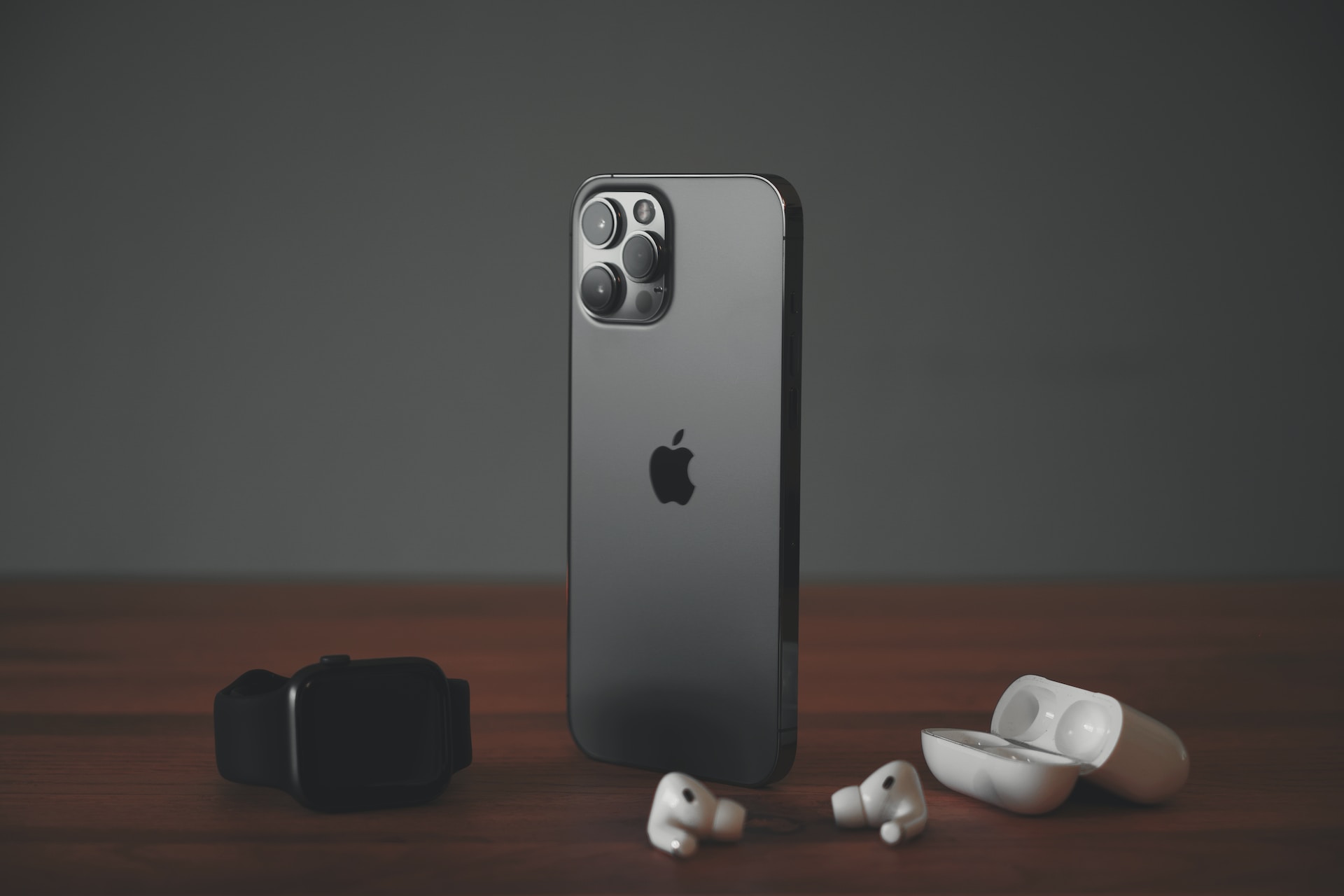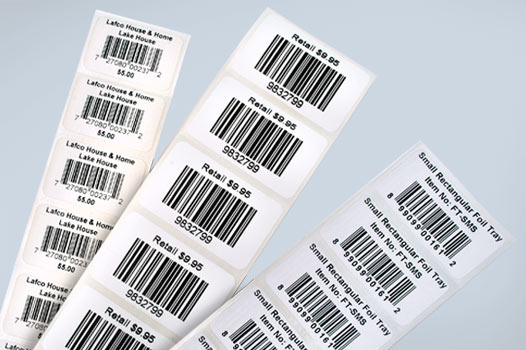Macro photography is the art of capturing small subjects in great detail. Whether you’re interested in taking photos of flowers, insects, or other small objects, having the right camera is crucial to getting the best results. In this guide, we’ll explore the features that you should look for in a camera for macro photography, as well as some of the best options on the market today. By the end of this guide, you’ll be ready to take stunning macro photographs that truly capture the beauty of the natural world.
What Is Macro Photography?
Macro photography is a type of photography that involves capturing extreme close-up images of small subjects. The goal of camera for macro photography is to reveal the intricate details and textures that are not visible to the naked eye. This type of photography often focuses on subjects such as flowers, insects, and other small objects.
To achieve macro photography, photographers typically use specialized lenses that allow them to get very close to the subject while maintaining sharp focus. Some cameras also have a macro mode that helps to capture these detailed images. Macro photography requires a steady hand, patience, and attention to detail to produce high-quality images.
What Makes a Good Camera for Macro Photography?
When it comes to choosing a camera for macro photography, there are several important features that you should consider:
- High-resolution sensor: A high-resolution sensor is important for macro photography because it allows you to capture fine details in your subject. Look for a camera with at least 20 megapixels or more.
- Manual focus: Manual focus is important for macro photography because it allows you to precisely control the focus point and get the subject in sharp focus. Look for a camera with a good manual focus system that is easy to use.
- Macro lens compatibility: A good camera for macro photography should be compatible with macro lenses. Macro lenses are designed to allow you to get extremely close to your subject and capture fine details.
- Image stabilization: Image stabilization can help to reduce blur caused by camera shake when shooting handheld. This is particularly important when shooting macro images, as even the slightest movement can cause blur.
- Adjustable aperture: The ability to adjust the aperture is important for macro photography because it allows you to control the depth of field and blur the background, making the subject stand out.
- High ISO performance: Shooting macro images often requires you to shoot in low light conditions. A camera with good high ISO performance will allow you to shoot in low light without introducing too much noise into your images.
- Live view: Live view allows you to preview the image on the camera’s LCD screen, making it easier to compose your shot and focus on the subject.
Overall, a good camera for macro photography should have a high-resolution sensor, manual focus, macro lens compatibility, image stabilization, adjustable aperture, high ISO performance, and live view.
What Camera Specifications to Look for in Macro Photography
When looking for a camera for macro photography, there are a few key specifications you should consider:
- Sensor Size: A larger sensor size will generally provide better image quality, as it can capture more light and detail. A full-frame sensor is the largest and generally provides the best image quality, but cameras with APS-C and micro four-thirds sensors can also produce excellent macro images.
- Megapixels: While a high megapixel count is not the only factor to consider, it can be important for macro photography. A higher megapixel count allows you to capture more detail in your images, which can be particularly useful when photographing small subjects.
- Macro Lens Compatibility: To get the best results in macro photography, it is important to use a dedicated macro lens. Check that the camera you are considering is compatible with a range of macro lenses, both from the camera manufacturer and third-party brands.
- ISO Range: Macro photography often involves shooting in low light conditions, so a camera with a wide ISO range can be helpful. Look for a camera with a high native ISO, as this will produce less noise in low light conditions.
- Image Stabilization: Macro photography often requires shooting at slow shutter speeds, which can increase the risk of camera shake. Having a camera with built-in image stabilization can help to counteract this and produce sharper images.
- Live View: Live view is a useful feature for macro photography, as it allows you to preview your images and make adjustments to your focus and composition. Look for a camera with a high-quality LCD screen and the ability to zoom in on your subject to check focus.
Overall, when looking for a camera for macro photography, consider sensor size, megapixels, autofocus system, macro lens compatibility, ISO range, image stabilization, and live view.
Tips on Shooting Macro Photos
Shooting macro photos can be challenging, but with some tips and techniques, you can create stunning and detailed images. Here are some tips to help you get started:
- Use Manual Focus: When shooting macro photos, it is best to use manual focus so that you can precisely control the focus point. Autofocus systems may struggle to focus on small or complex subjects, so it is best to take control yourself.
- Use a Tripod: Macro photography often requires using slower shutter speeds to capture fine details. Using a tripod can help keep your camera steady and reduce camera shake. Alternatively, you can use a beanbag or other stable surface to rest your camera on.
- Pay Attention to Lighting: Lighting is crucial in macro photography, as it can greatly affect the look and feel of your images. Consider using natural light, diffused light or a dedicated macro flash to achieve the right lighting for your subject.
- Consider Depth of Field: With macro photography, depth of field is particularly important. Shooting at wider apertures can create a beautiful bokeh effect, but you may need to use a smaller aperture to ensure the entire subject is in focus.
- Get Creative with Composition: Experiment with different angles and perspectives to create unique and visually interesting images. Consider using leading lines, negative space or the rule of thirds to create a visually pleasing composition.
Remember, macro photography is all about capturing the beauty and detail in small subjects. With patience, practice, and attention to detail, you can create stunning and unique macro images that truly showcase the beauty of the natural world.
Editing and Post-Processing Macro Photos
Editing and post-processing can be an important part of creating stunning macro photos. Here are some tips to help you get the most out of your post-processing workflow:
- Use a RAW File Format: Shooting in RAW format gives you more control over your images in post-processing. RAW files contain more information than JPEG files and allow you to adjust exposure, white balance, and other settings without losing image quality.
- Adjust White Balance: White balance can greatly affect the overall look and feel of your macro images. Experiment with different white balance settings to achieve the desired look for your subject.
- Sharpen Your Image: Macro images can benefit from a bit of sharpening to bring out fine details. Use the sharpening tool to enhance edges and details in your image.
- Adjust Colors: Experiment with saturation and vibrance to make the colors in your macro photos pop. Be careful not to overdo it and create unnatural-looking colors.
- Use a Dedicated Editing Software: While you can make basic edits in most photo editing software, using a dedicated macro photography editing software like Helicon Focus can help to enhance the focus stacking process, while others like Zerene Stacker are specialized for deep focus stacks and removing unwanted artifacts.
- Don’t Over-edit: While editing can enhance your macro images, it’s important not to overdo it. Be subtle with your edits and try to maintain a natural look to your images.
Remember, post-processing is a tool to help enhance your macro photos, not a solution to fix poor composition or lighting. Start with a well-shot image and use post-processing to enhance and refine your final result.
Accessories to Improve Macro Photography
There are several accessories you can use to improve your macro photography. Here are some examples:
- Extension Tubes: Extension tubes are a cost-effective way to increase the magnification of your existing lenses. They sit between the camera body and lens and move the lens further away from the sensor, allowing for closer focusing distances.
- Tripods: A stable platform is essential for macro photography, and a good tripod can help eliminate camera shake and keep your shots sharp. Look for a tripod that is lightweight, sturdy, and easy to set up.
- Cable Release: A cable release is a remote shutter release that allows you to trigger the camera without touching it. This helps to reduce camera shake and improves image sharpness.
- Flash: A dedicated macro flash can help to illuminate your subject and provide even lighting. Look for a flash that offers adjustable power and the ability to position the light source for maximum effect.
- Diffusers and Reflectors: Diffusers and reflectors are essential for controlling the direction and quality of light in macro photography. Look for a diffuser that can soften harsh light and a reflector that can bounce light into the shadows.
- Focus Stacking Software: Focus stacking software can help to create images with a greater depth of field by combining multiple shots taken at different focus points. Look for software that is easy to use and produces high-quality results.
Remember, accessories can help improve your macro photography, but they are not a substitute for good technique and composition. Practice your skills and experiment with different accessories to find the right combination for your style and subject matter.
Conclusion
Macro photography is a fascinating genre that allows you to capture the intricate details and textures of small subjects. To achieve the best results, it’s important to choose a camera with the right specifications, use the digital marketing, and consider using accessories and post-processing to enhance your images. By following these tips and experimenting with different techniques and equipment, you can take your macro photography to the next level and create stunning images that showcase the beauty of the small world around us.




